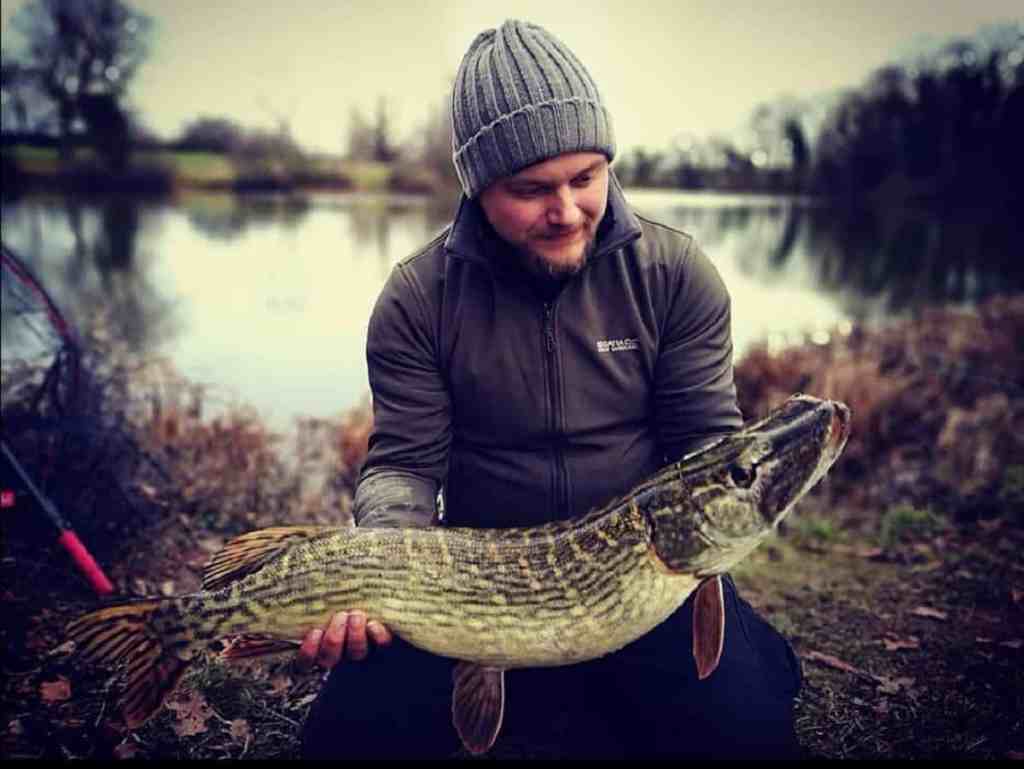Fishing Techniques and Tips for Rural Living and Homesteading
Living in a rural area brings with it a multitude of opportunities to connect with nature and enjoy outdoor activities. One such activity that is not only relaxing but also provides sustenance is fishing. Whether you are an experienced angler or just starting out, there are various fishing techniques and tips that can help enhance your experience. In this article, we will explore some of these techniques that are well-suited for rural living and homesteading.
1. Selecting the Right Equipment:
Before heading out to the water, it’s important to have the right equipment on hand. Depending on the type of fish you’re targeting, you’ll need appropriate rods, reels, lines, hooks, sinkers, bobbers, and bait. Research the local fish species in your area to determine which equipment would be most suitable.
2. Understand Local Fishing Regulations:
Every region has its own fishing regulations regarding catch limits, size restrictions, and specific rules for certain bodies of water. Familiarize yourself with these regulations before casting your line to ensure you stay within legal boundaries and contribute to sustainable fishing practices.
3. Choose the Right Fishing Spot:
Rural areas often offer numerous options when it comes to selecting a fishing spot. Consider factors like accessibility (especially if you plan on hiking or camping), proximity to your homestead or residence, availability of fish species you’re interested in catching, as well as any additional amenities such as picnic areas or restroom facilities.
4. Learn about Fish Behavior:
Understanding how different types of fish behave can greatly improve your chances of success while angling. Some species prefer deep waters while others thrive near vegetation or around structures like rocks/logs submerged in water known as “structure.” Knowing their feeding habits during different times of day can also help identify optimal fishing periods.
5. Master Casting Techniques:
Casting is a fundamental skill in fishing that requires practice for accuracy and distance. Different casting techniques include overhead cast, sidearm cast, roll cast, and pitch cast. Experiment with various methods to find the one that works best for you in different fishing scenarios.
6. Take Advantage of Natural Baits:
Using natural baits like worms, insects, or small fish can be highly effective for catching a wide range of fish species. These baits are easily accessible in rural areas and can attract fish that are native to your region. Make sure to handle them carefully to keep them alive and fresh until you’re ready to use them.
7. Try Artificial Lures:
Artificial lures such as spinners, crankbaits, soft plastics, or flies offer an exciting alternative to live bait fishing. Each type of lure is designed to mimic specific prey species and elicit predatory instincts in fish. Experiment with different colors and sizes based on water clarity and target species preferences.
8. Practice Patience:
Fishing requires patience as bites may not come immediately or consistently throughout the day. Use this time wisely by observing nature around you – enjoy the tranquil surroundings while waiting for your catch.
9. Keep Safety First:
Safety should always be a priority when engaging in any outdoor activity, including fishing. Ensure you have life jackets on board if fishing from a boat or floatation devices if wading into deeper waters. Be cautious of slippery riverbanks or unstable structures such as piers or docks.
10. Respect the Environment:
As advocates of sustainable living, it’s vital that we respect and conserve our natural resources while enjoying them responsibly. Remove all trash from your fishing spot before leaving; avoid using lead-based tackle due to its harmful effects on wildlife; release undersized or unwanted catches back into the water whenever possible; never disturb nests or spawning grounds; follow Catch-and-Release practices whenever appropriate.
In conclusion, fishing is not just about catching fish but also immersing yourself in nature’s beauty and finding tranquility. By acquiring the right equipment, understanding fish behavior, and honing your casting techniques, you can enhance your fishing experience in rural areas. Remember to always prioritize safety and practice sustainable fishing methods to preserve our natural resources for future generations. So grab your gear, head out to those serene waters, and enjoy the thrill of rural living through the art of angling!


Leave a comment